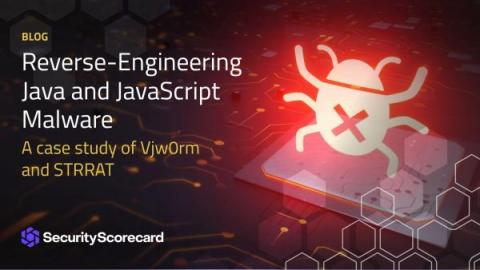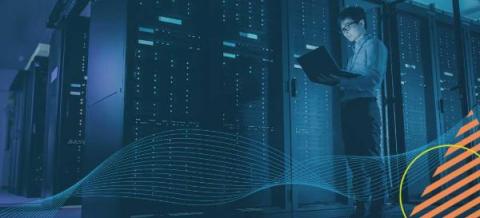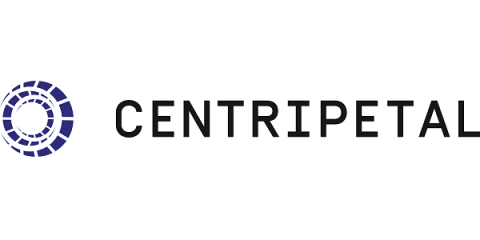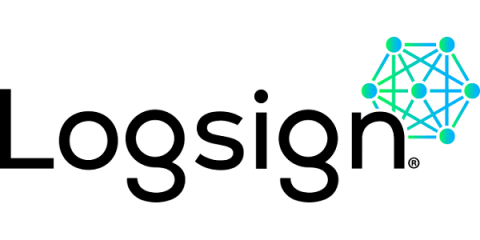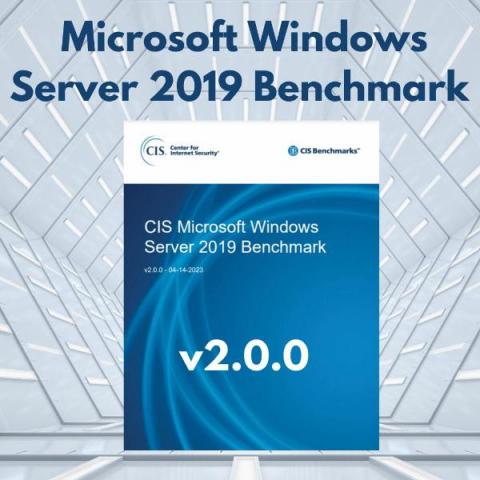Reverse-Engineering Java and JavaScript Malware
Most malware security researchers encounter in the wild is written in C or C++. These languages provide low-level system access and control, plus performance, allowing threat actors to create highly efficient and stealthy code. But that doesn’t mean cybercriminals are limited to those two languages. SecurityScorecard recently reverse-engineered the Vjw0rm worm written in JavaScript and the Java-based STRRAT remote access trojan (RAT).


